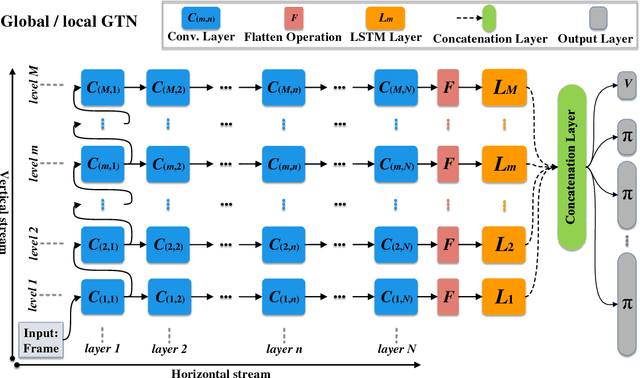Liangyu Huo
MoGU: A Framework for Enhancing Safety of Open-Sourced LLMs While Preserving Their Usability
May 23, 2024



Abstract:Large Language Models (LLMs) are increasingly deployed in various applications. As their usage grows, concerns regarding their safety are rising, especially in maintaining harmless responses when faced with malicious instructions. Many defense strategies have been developed to enhance the safety of LLMs. However, our research finds that existing defense strategies lead LLMs to predominantly adopt a rejection-oriented stance, thereby diminishing the usability of their responses to benign instructions. To solve this problem, we introduce the MoGU framework, designed to enhance LLMs' safety while preserving their usability. Our MoGU framework transforms the base LLM into two variants: the usable LLM and the safe LLM, and further employs dynamic routing to balance their contribution. When encountering malicious instructions, the router will assign a higher weight to the safe LLM to ensure that responses are harmless. Conversely, for benign instructions, the router prioritizes the usable LLM, facilitating usable and helpful responses. On various open-sourced LLMs, we compare multiple defense strategies to verify the superiority of our MoGU framework. Besides, our analysis provides key insights into the effectiveness of MoGU and verifies that our designed routing mechanism can effectively balance the contribution of each variant by assigning weights. Our work released the safer Llama2, Vicuna, Falcon, Dolphin, and Baichuan2.
Predicting Head Movement in Panoramic Video: A Deep Reinforcement Learning Approach
Sep 21, 2018



Abstract:Panoramic video provides immersive and interactive experience by enabling humans to control the field of view (FoV) through head movement (HM). Thus, HM plays a key role in modeling human attention on panoramic video. This paper establishes a database collecting subjects' HM in panoramic video sequences. From this database, we find that the HM data are highly consistent across subjects. Furthermore, we find that deep reinforcement learning (DRL) can be applied to predict HM positions, via maximizing the reward of imitating human HM scanpaths through the agent's actions. Based on our findings, we propose a DRL-based HM prediction (DHP) approach with offline and online versions, called offline-DHP and online-DHP. In offline-DHP, multiple DRL workflows are run to determine potential HM positions at each panoramic frame. Then, a heat map of the potential HM positions, named the HM map, is generated as the output of offline-DHP. In online-DHP, the next HM position of one subject is estimated given the currently observed HM position, which is achieved by developing a DRL algorithm upon the learned offline-DHP model. Finally, the experiments validate that our approach is effective in both offline and online prediction of HM positions for panoramic video, and that the learned offline-DHP model can improve the performance of online-DHP.
* 15 pages, 10 figures, published on TPAMI 2018
Generalization Tower Network: A Novel Deep Neural Network Architecture for Multi-Task Learning
Jan 02, 2018



Abstract:Deep learning (DL) advances state-of-the-art reinforcement learning (RL), by incorporating deep neural networks in learning representations from the input to RL. However, the conventional deep neural network architecture is limited in learning representations for multi-task RL (MT-RL), as multiple tasks can refer to different kinds of representations. In this paper, we thus propose a novel deep neural network architecture, namely generalization tower network (GTN), which can achieve MT-RL within a single learned model. Specifically, the architecture of GTN is composed of both horizontal and vertical streams. In our GTN architecture, horizontal streams are used to learn representation shared in similar tasks. In contrast, the vertical streams are introduced to be more suitable for handling diverse tasks, which encodes hierarchical shared knowledge of these tasks. The effectiveness of the introduced vertical stream is validated by experimental results. Experimental results further verify that our GTN architecture is able to advance the state-of-the-art MT-RL, via being tested on 51 Atari games.
 Add to Chrome
Add to Chrome Add to Firefox
Add to Firefox Add to Edge
Add to Edge